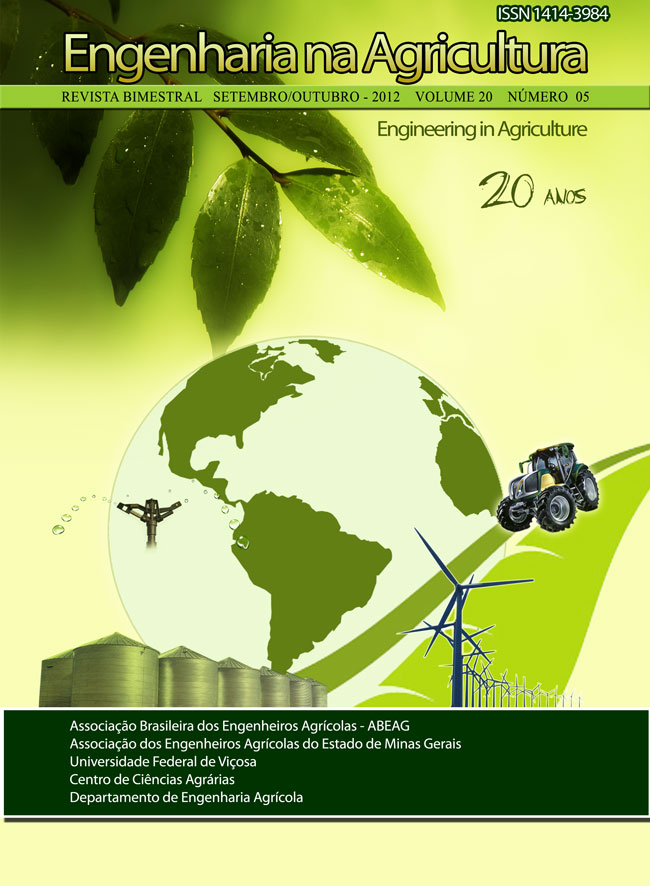MICROALGAE AS ALTERNATIVES FOR BIOFUEL PRODUCTION
DOI:
https://doi.org/10.13083/reveng.v20i5.323Keywords:
bicombustíveis, cultivo de microalgas, biomassa, biodiesel.Abstract
The microalgae can be used to capture and utilize CO2 emitted by thermoelectric power plants or other sources. Mitigation of emissions of greenhouse effect gases results from converting biomass harvested from microalgae into renewable energy source such as biodiesel, bioethanol, biogas and other substitutes for fossil fuels. The microalgae are usually cultivated in large tanks with agitation produced by rotating blades or technically projected photobioreactors. Algae multiply suspended in water when supplied with the necessary nutrients and the multiplication rate increases on supply of additional CO2. Compared to other biological options to capture and use CO2, microalgae cultivation has advantages of high productivity potential, ability to capture nutrients from wastewater, waste utilization, sources of salt water and high efficiency in water use. Microalgae are an attractive alternative to oilseeds such as soybeans and palms, because of high lipid content leading to higher oil output per hectare. The microalgae can be cultivated in industrial areas, require much less space and low soil fertility. This review aims to present some updates about the potential of cultivating microalgae for biofuel production.Downloads
Downloads
Published
How to Cite
Issue
Section
License
Authors who publish with this journal agree to the following terms:
The author(s) authorize(s) the publication of the text in the journal;
The author(s) ensure(s) that the contribution is original and unpublished and that it is not in the process of evaluation by another journal;
The journal is not responsible for the views, ideas and concepts presented in articles, and these are the sole responsibility of the author(s);
The publishers reserve the right to make textual adjustments and adapt texts to meet with publication standards.
From submission, the author is fully conceding the paper's patrimonial rights to the publication, but retaining the owner of its moral rights (authorship and paper's identification) according to Creative Commons Attribution-Noncommercial.








 Licensed by
Licensed by 